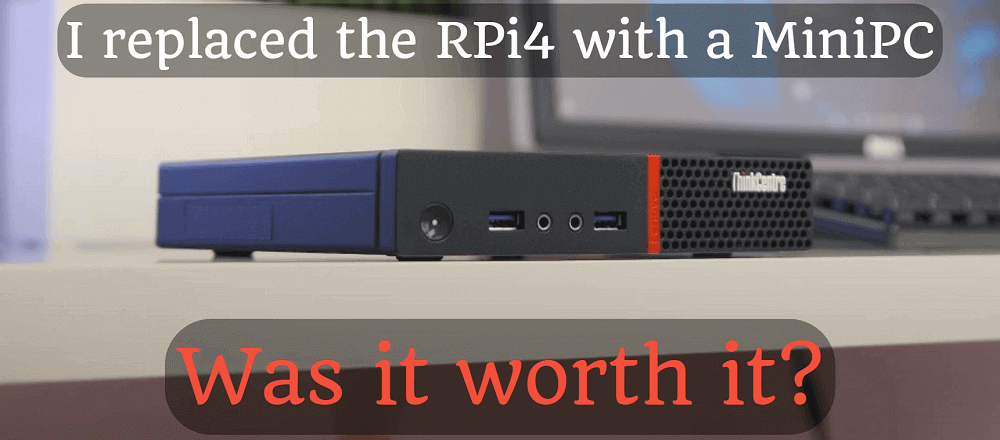
I replaced the RPi4 with a MiniPC. Was it worth it?
Yes, you see right, dear reader. I replaced my Raspberry Pi 4 with a Lenovo M700 Tiny MiniPC. There are many memories and even more articles associated with the Raspberry, but it was time to make the switch.
Okay, but why? The reasons
There were several, reasonable reasons for this, let's look at them in order:
- Low CPU performance
If you look at the CPU measurement numbers, you can see that the Raspberry Pi 4 has a score of 723, which is still low even though it has 4 cores. And if I want to run more containers, virtualized machines, and other things that require more performance, I'm going to need the CPU performance. - Expensive upgrade option
The Raspberry Pi version 5 was recently released, and not surprisingly I didn't write an article about it. When the RPi4 was released, I went to the store the very next day and bought it. This time, however, I did not. And why?
- Hard to find in shops, constant stock shortages
- Expensive. I'll need to buy at least a new power supply and a new cooler to use it at all.
- Even if I buy it, it still only has three times faster CPU (score: 2151) than the RPi4. I'll explain later why I write "only" :)
- Memory/CPU can only be upgraded/replaced by replacing the motherboard. - Randomly dying devices
- There is still the MicroSD problem, i.e. it sometimes dies or is slow. Of course it can be installed on an SSD, but that is again an extra cost because you have to buy it.
- The USB to SATA converter died for me every year, and buying that is also a $6-8 cost. - Not upgradable
Memory/CPU can only be upgraded/replaced by replacing the motherboard. If you buy it with 2GB of memory, that's it, and you can't expand it.
Several days of research
However, there are at least three huge advantages of the Raspberry Pi that I didn't want to let go:
- Low energy consumption
- Small space requirements
- Large support community
So along these lines I was looking for my next server, which I knew would not be RPi5. After several days of research, I discovered the world of MiniPCs. Again. They have many advantages over traditional computers or rack servers:
- Low energy consumption (More detailed comparison below)
- Small space requirements (bit more than RPi4, but it's still small)
- Powerful, replaceable CPU
- Sufficient memory (at least 8GB), which can be expanded later
- Built-in, replaceable HDD / M2 SSD, so no conversion cable needed
- The system runs from SSD by default, so it is faster than running from a MicroSD card
I had a Dell Wyse MiniPC more than 10 years ago, and it had a low performance, but I really liked the concept. At that time I wrote a fully automated Windows XP installer for it, but that's another story...
So, the MiniPC
As I mentioned, I was looking for a machine for days, so I came across the Lenovo M700 Tiny machine, which has the following features:
- Intel i5-6500T @ 2.50GHz (score: 4771)
- 2x 8GB DDR4 memory (Dual Channel)
- 1TB HDD
- 256GB M2 SSD
As you can see, the CPU is more than twice as fast as the latest Raspberry Pi 5.
Perhaps your next question is
How much did it cost?
Well, financially I've done quite well out of this change. I sold my Raspberry Pi 4 with all accessories for $72 and bought the MiniPC for $92. Add to that the memory expansion, which was $10 extra (from 8GB to 16GB). For a total of $30 extra I got over 6.5x more processor performance (score: 723 vs 4771) and 16GB of memory instead of 2GB.
Was it worth it?
Yes, absolutely. In practice, for a very small amount of extra money, I got a lot more performance, and the consumption barely increased.
- Raspberry Pi 4 with 1TB HDD: 3W idle / 6W load
- MiniPC with 1TB HDD and M2 SSD: 7W idle / 22-24W load
The majority of the time (95%), idle consumption is the decisive factor. However, if additional resources are needed, they are available.
I even spiced up the replacement by putting a rack cabinet in the basement, a router, a PoE switch (for an outdoor camera, more on that later), and this MiniPC. That way they are kept cool and no one touches them but me :)
What's next?
As I did with the Raspberry Pi, I will continue to run my HomeServer on Debian Linux. My development plans are as follows:
- Design of the rack cabinet, including cable management, cooling, dust resistance, and uninterruptible power supply (UPS)
- Running Windows based VMs on KVM (customized Windows installer testing, running old games)
- PXE boot (install all PCs from network instead of using a pendrive)
- SFTP (SSH based) file sharing instead of Samba sharing
- Making money with Docker-based containers (more on this later)
- Automated building for my Docker based projects (like FreeDNS Updater)
Of course, as always, I will write articles about everything, so it's worth following/bookmarking the blog :)




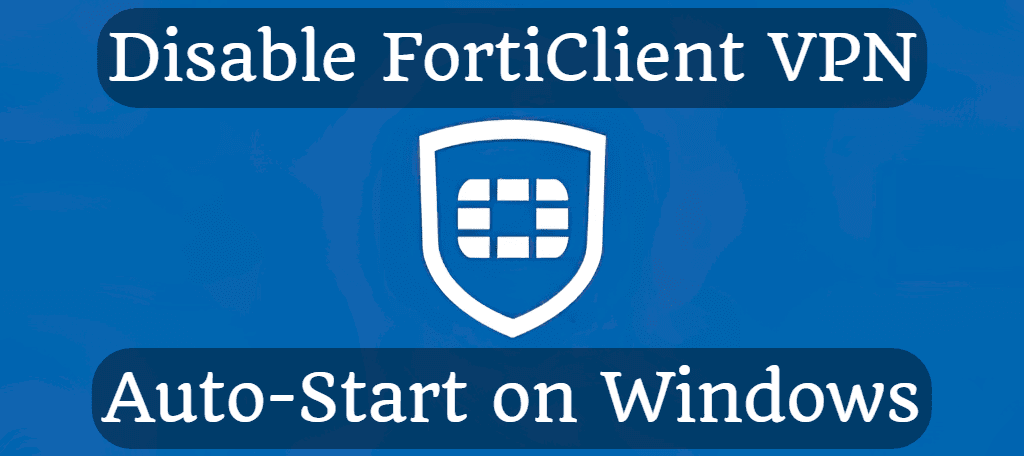
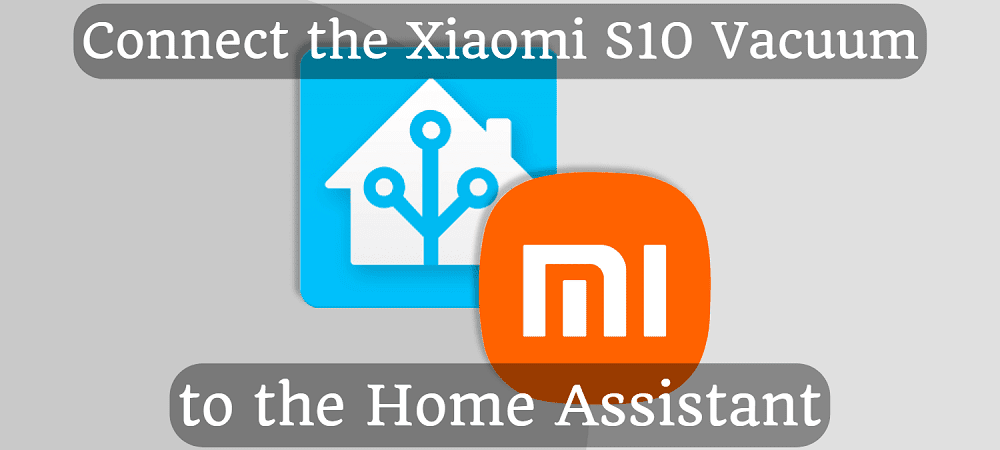
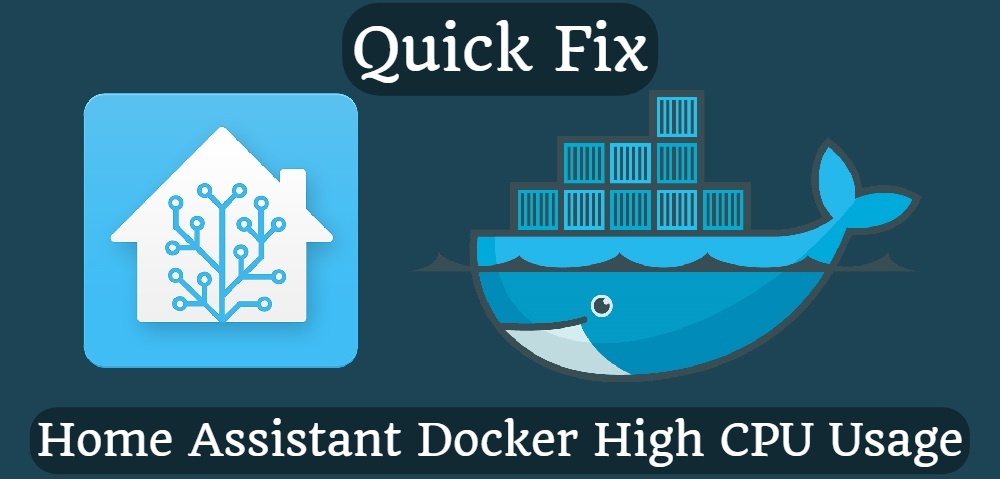
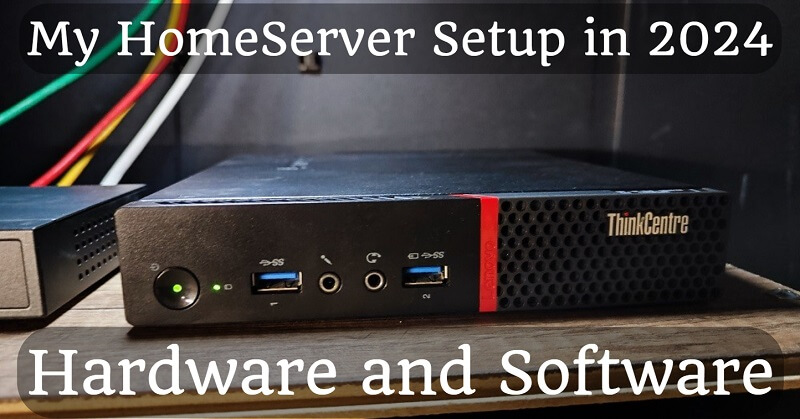

Comments